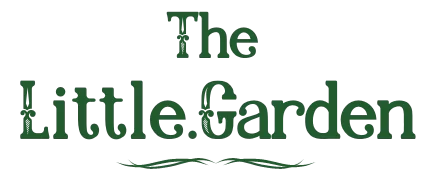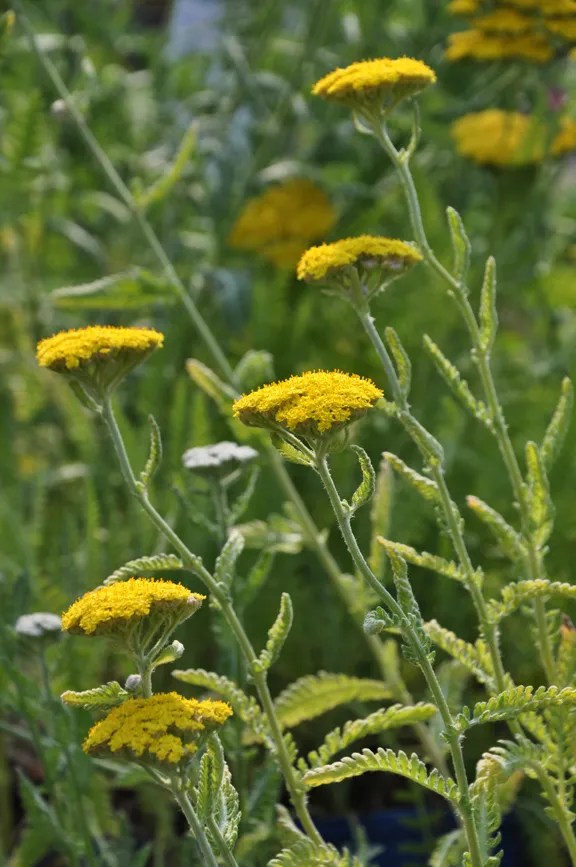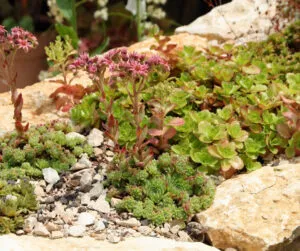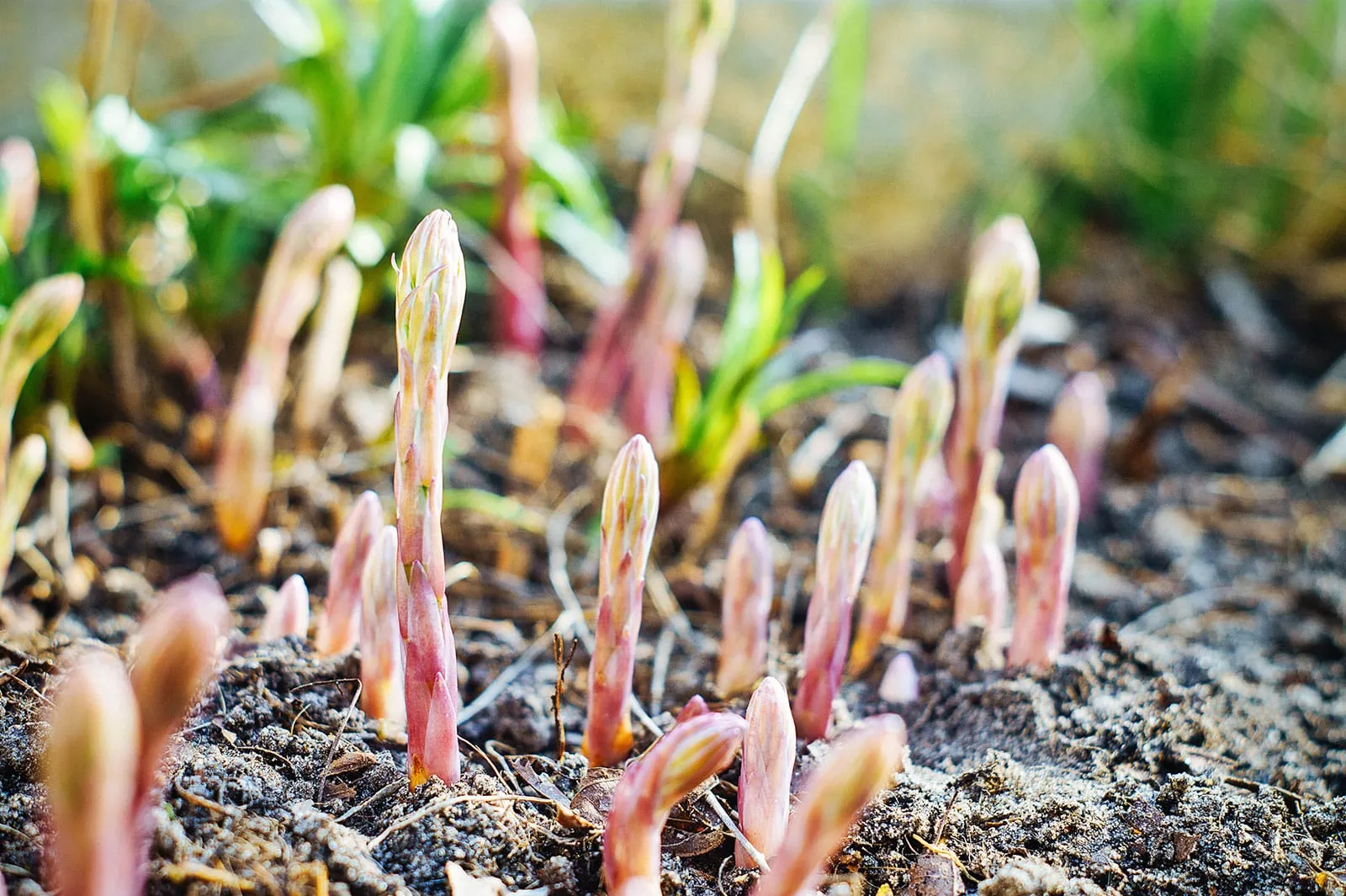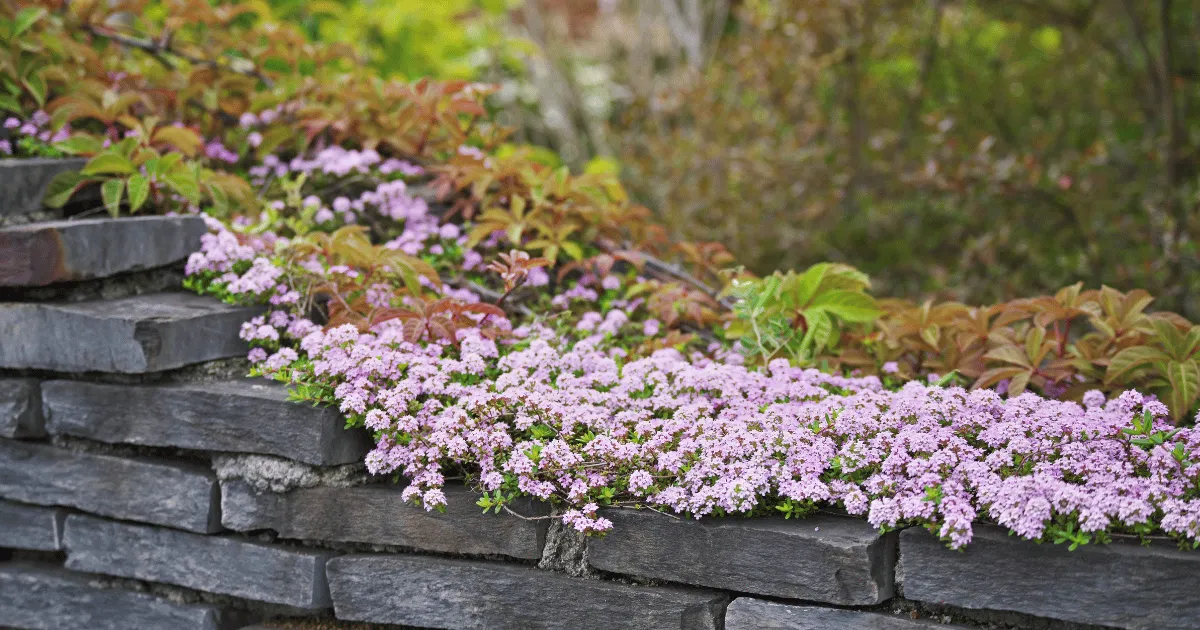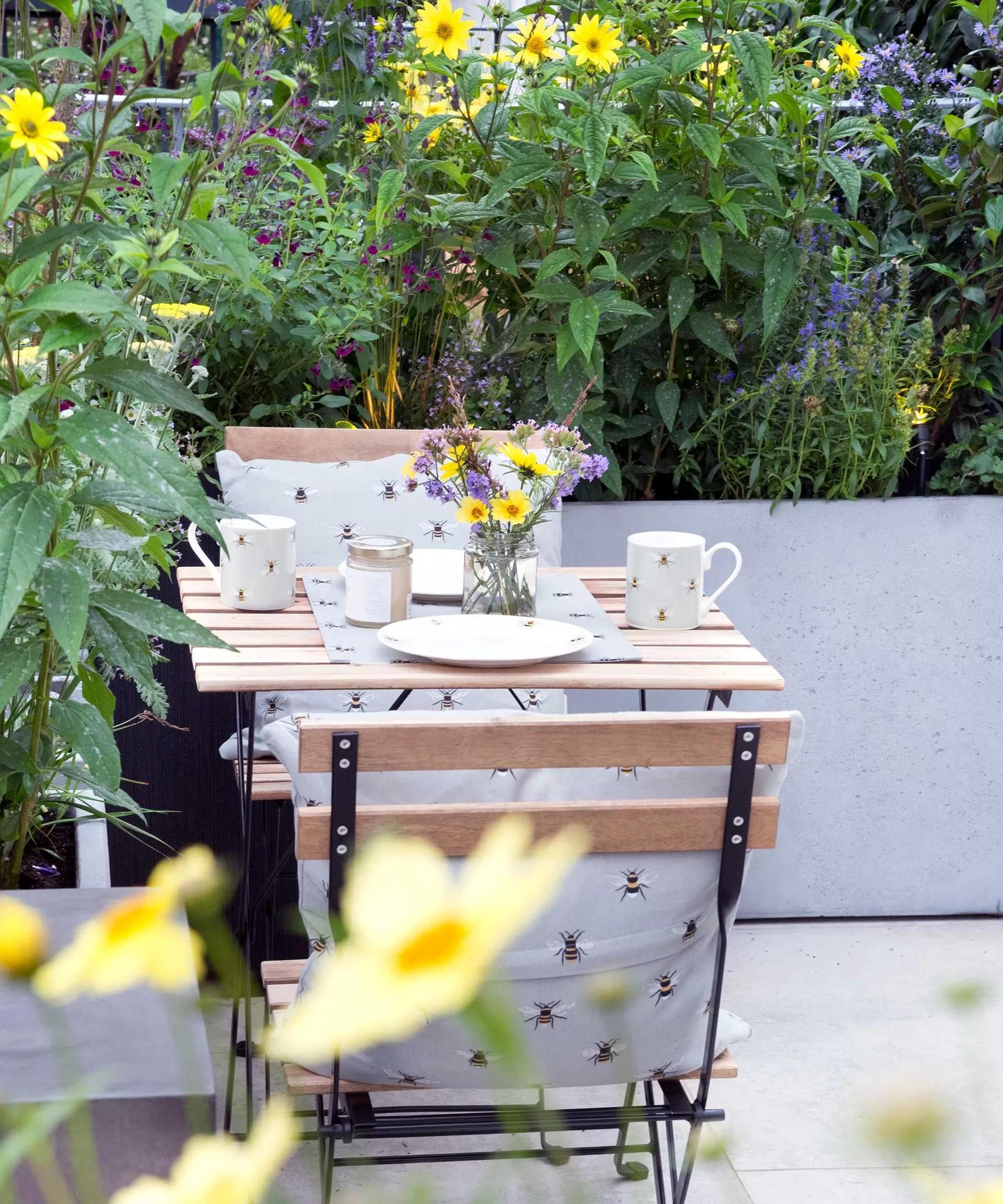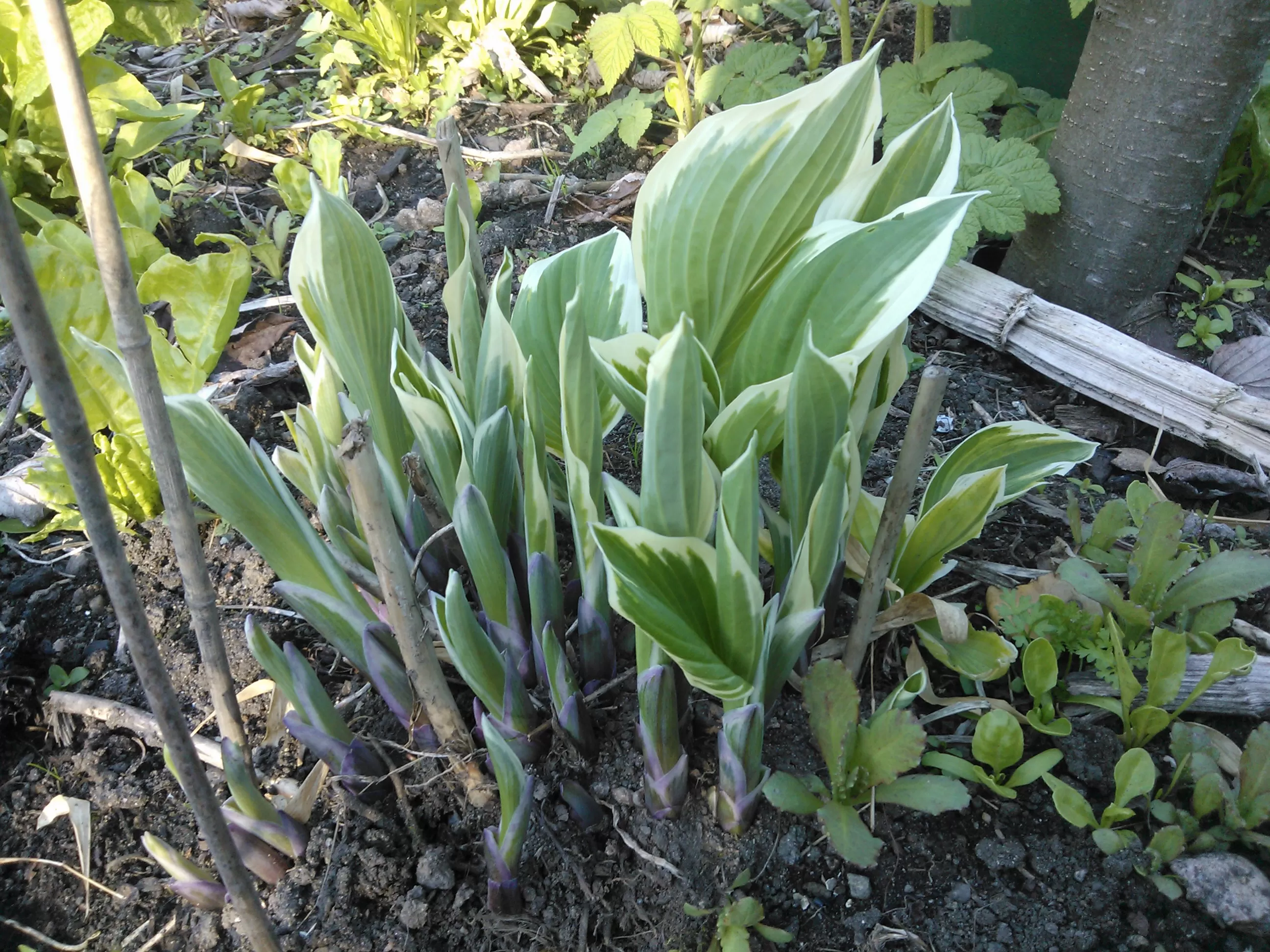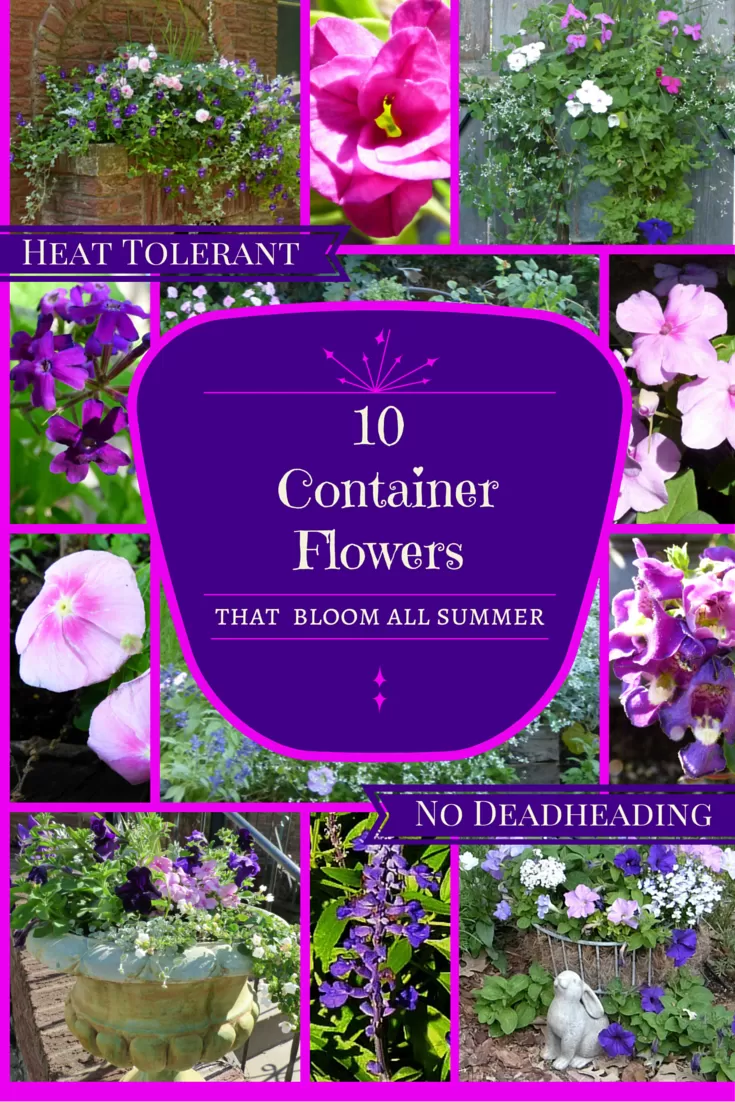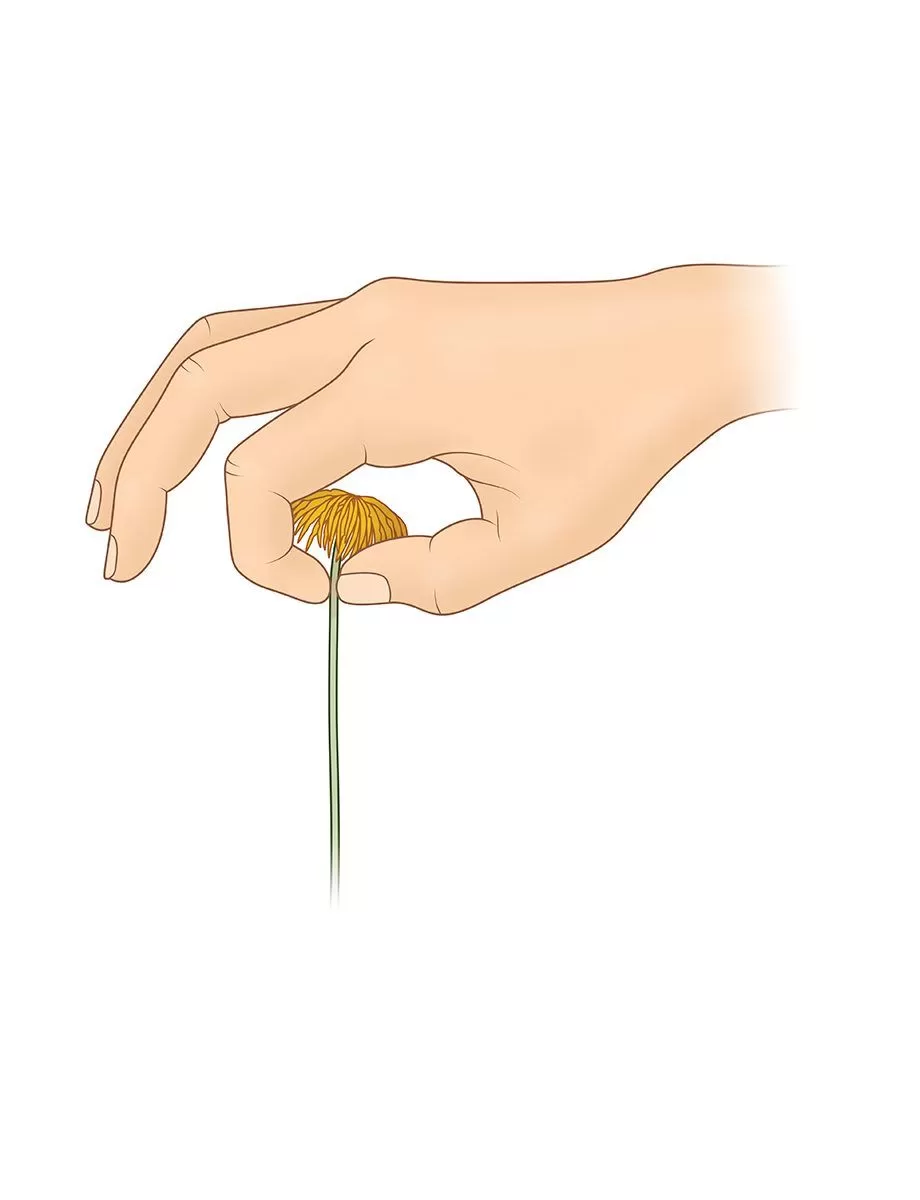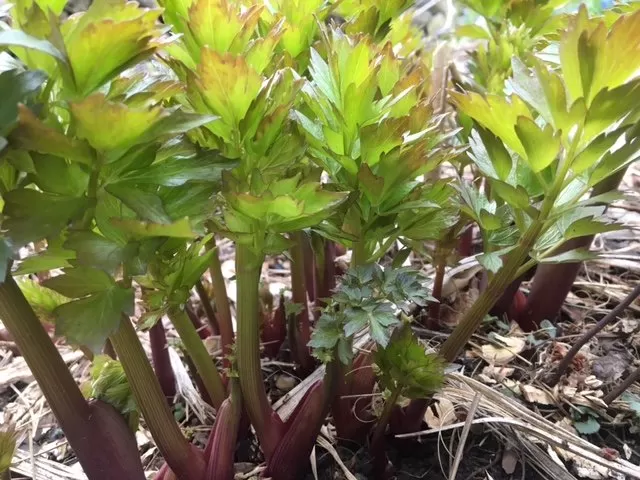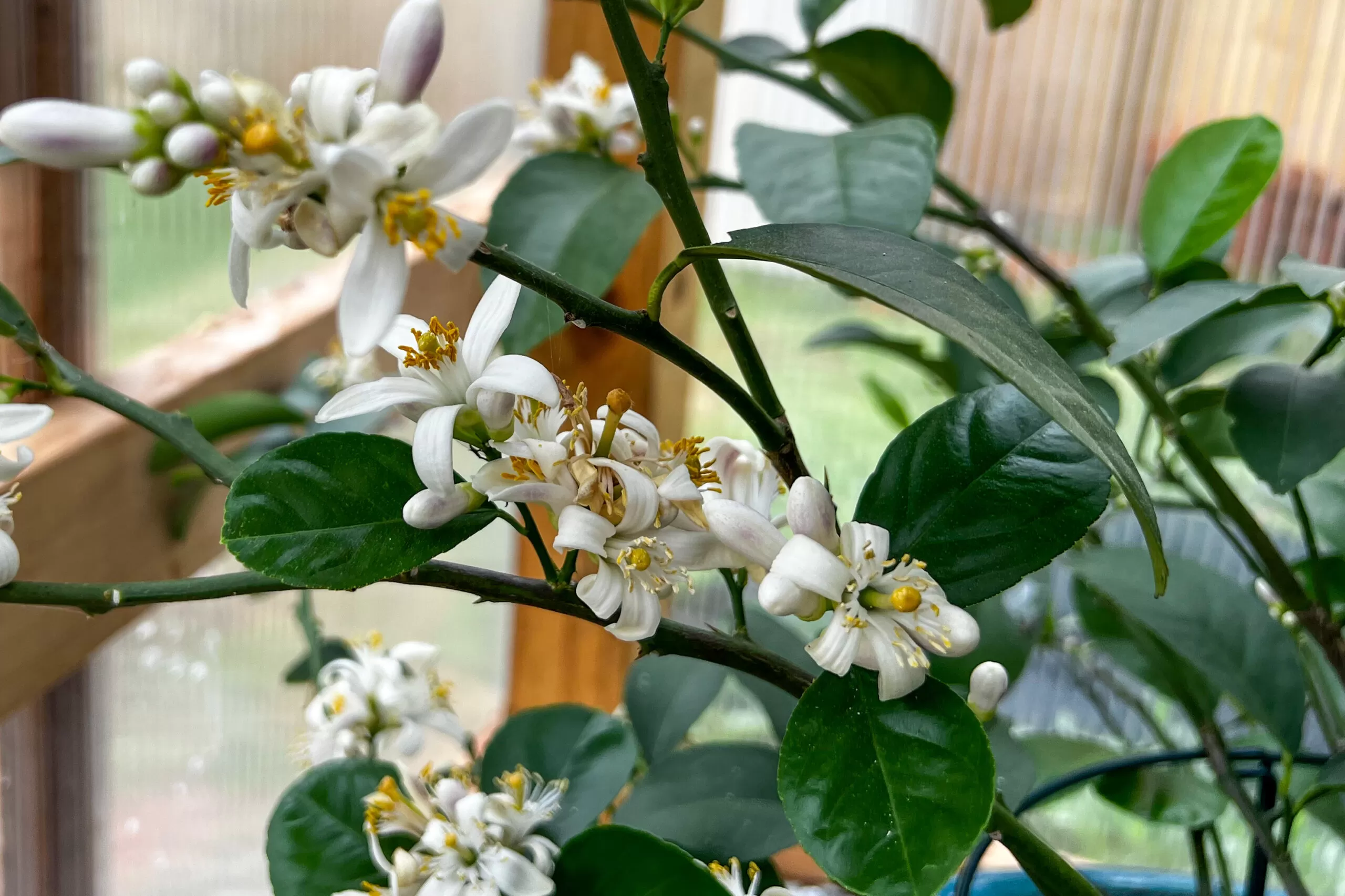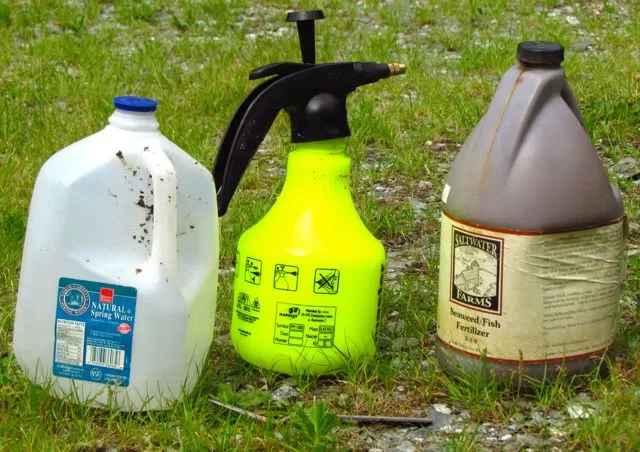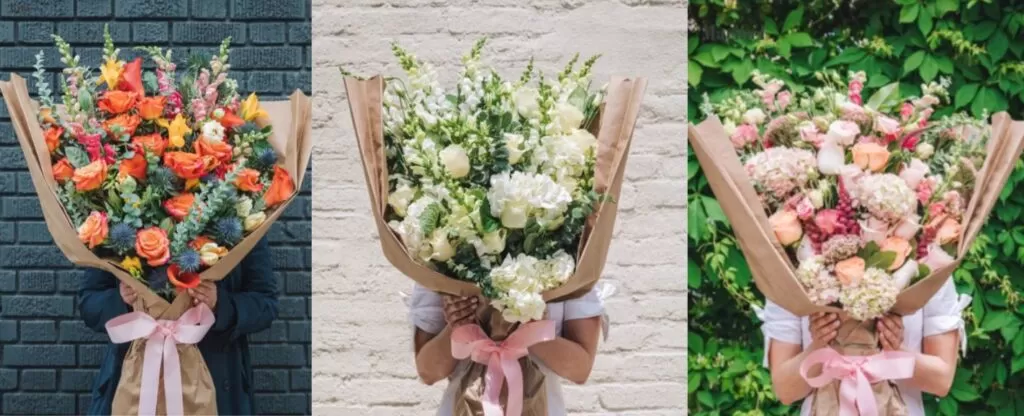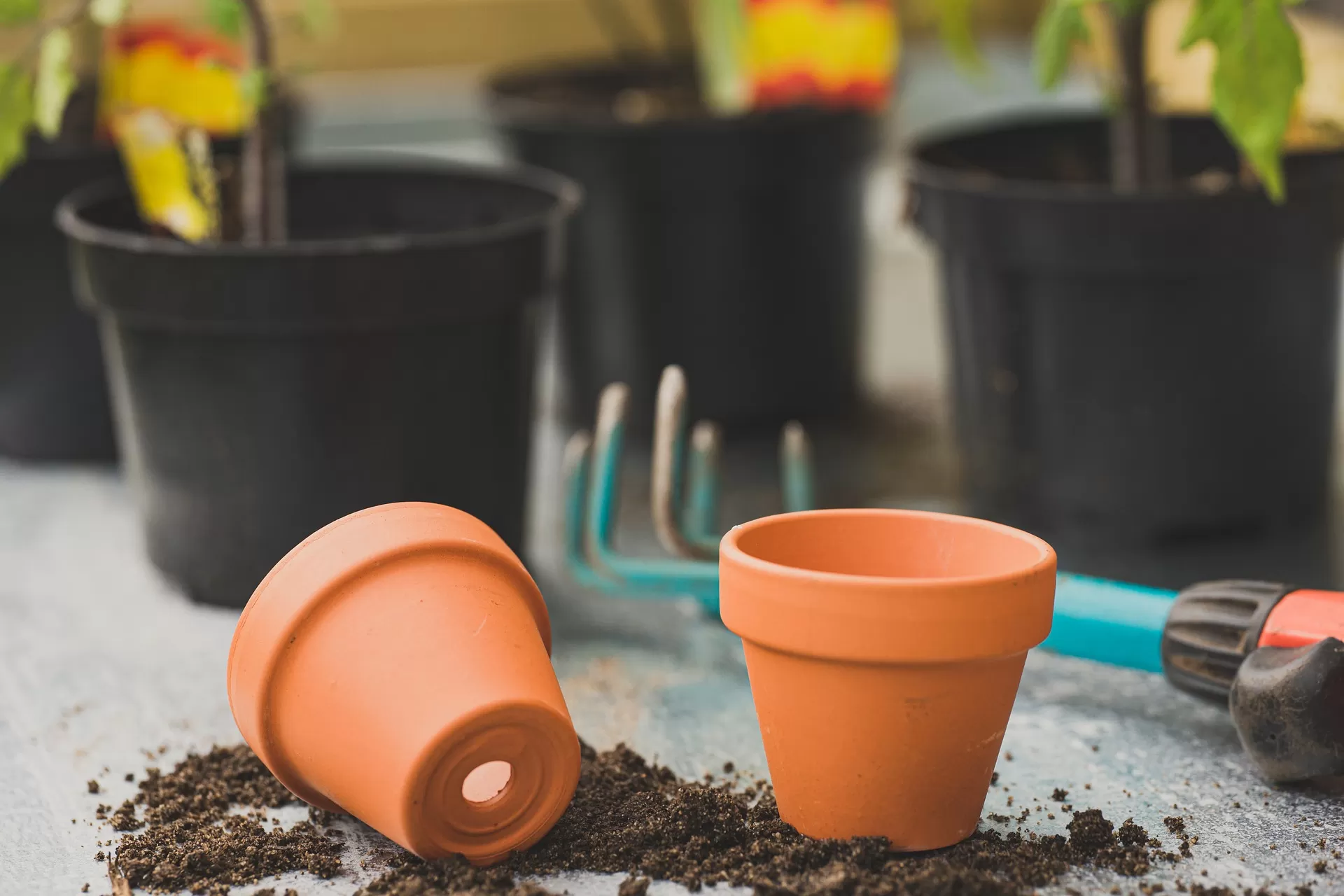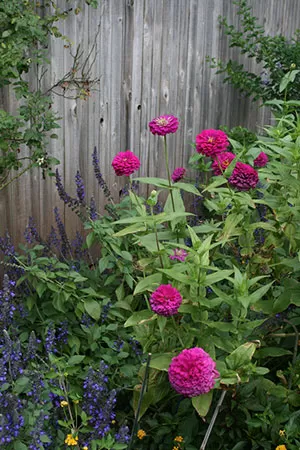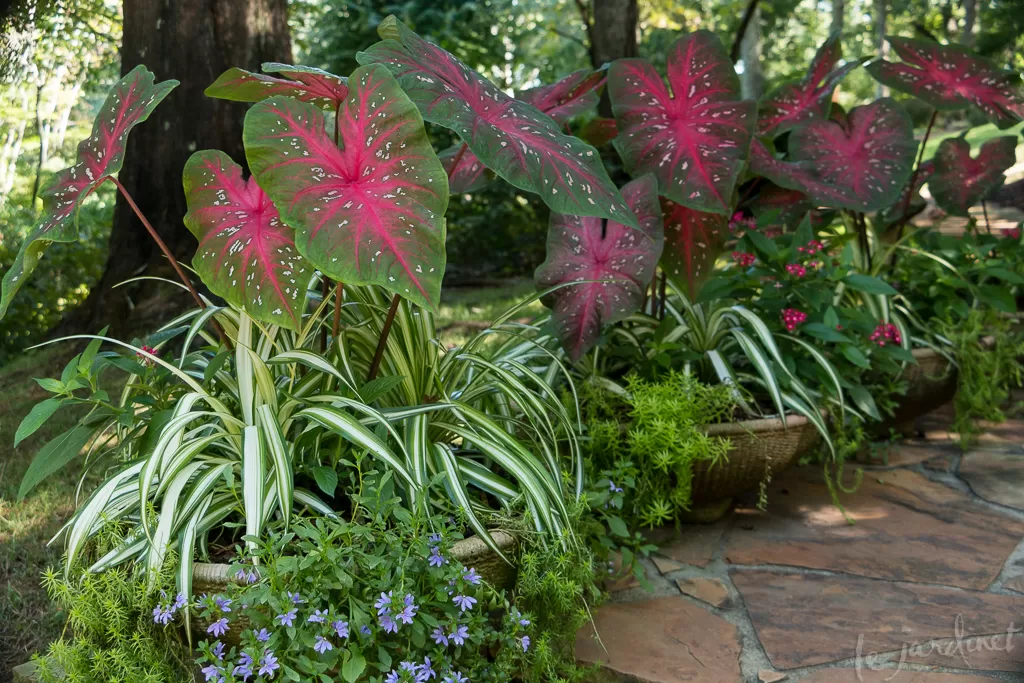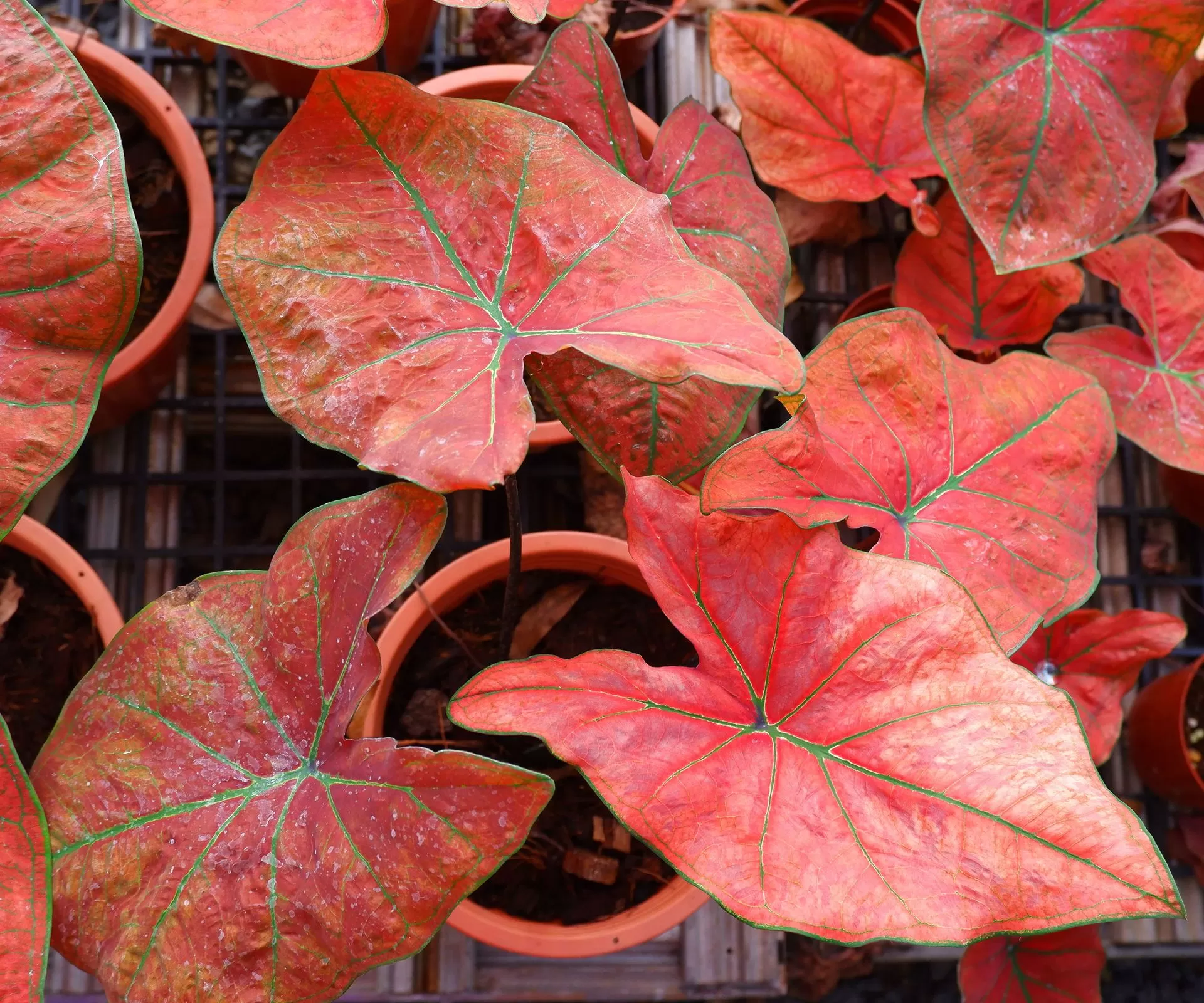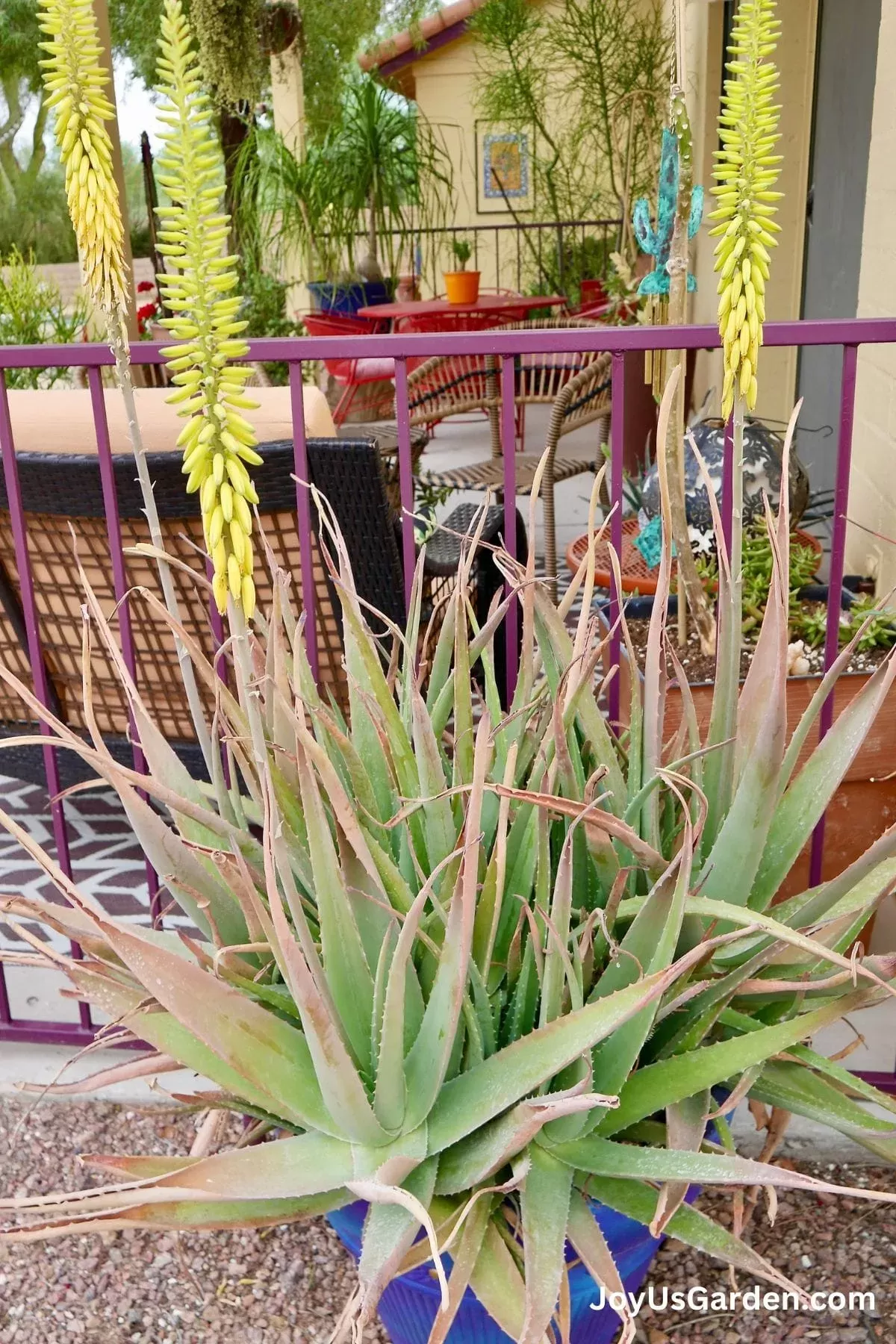- Discover beautiful flowers that laugh in the face of scorching temperatures.
- Learn which perennials offer stunning blooms when other plants wilt.
- Find low-maintenance options for your sunny, hot garden spots.
- Attract beneficial insects and pollinators even during peak summer heat.
- Gain confidence in keeping your garden colorful and lively all season long.
As the summer sun climbs higher and the temperatures soar, many garden favorites begin to show signs of stress, wilting under the intense heat. But don’t despair! Some incredible perennial plants are built to withstand the heat, bringing bursts of color and life to your garden when it needs it most. Planting heat-tolerant perennials is a smart way to ensure your landscape remains vibrant and beautiful throughout the warmest months, providing reliable blooms and often requiring less water once established. Let’s explore some of these resilient beauties that thrive when the mercury rises.
Contents
- Why Choose Heat-Tolerant Perennials?
- Top Heat-Loving Perennials for Your Garden
- Achillea (Yarrow)
- Agastache (Hummingbird Mint)
- Brazilian Verbena
- Coreopsis (Tickseed)
- Crocosmia (Falling Stars or Coppertips)
- Gaillardia (Blanket Flower)
- Gaura (Wand Flower)
- Helenium (Sneezeweed)
- Monarda (Bee Balm)
- New England Aster
- Nepeta (Catmint)
- Phlox
- Rudbeckia (Black-Eyed Susan)
- Veronica (Speedwell)
- Conclusion
Why Choose Heat-Tolerant Perennials?
Selecting plants that can handle high temperatures is essential for a thriving summer garden, especially in regions prone to intense heat waves or prolonged periods of drought. These hardy performers are often drought-tolerant once established, meaning they require less frequent watering, conserving precious resources and saving you time. They are also less susceptible to common summer garden woes like wilting and heat stress, ensuring a more consistent and impressive display of flowers. By incorporating these powerhouses, you can create a garden that looks stunning through autumn, providing continuous color and support for pollinators.
Top Heat-Loving Perennials for Your Garden
Let’s dive into some specific heat-tolerant perennials that are known for their ability to shine under pressure.
Achillea (Yarrow)
Achillea, commonly known as Yarrow, is a robust native plant with a long history of use. It forms clusters of cheerful flowers in shades of red, orange, yellow, and peach-pink atop sturdy stems. Not only is it remarkably drought-tolerant, but its aromatic foliage is also believed to deter certain pests while attracting beneficial insects like predatory wasps and ladybugs, making it a workhorse in a naturalistic garden setting.
- Scientific Name: Achillea
- Common Name: Yarrow
- Zone: Typically 3-9
- Light: Full sun
- Water: Low; drought-tolerant once established
 Vibrant yellow Achillea flowers blooming in a sunny garden border.
Vibrant yellow Achillea flowers blooming in a sunny garden border.
Agastache (Hummingbird Mint)
Agastache, or Hummingbird Mint, is a versatile and fragrant perennial. Its elegant flower spikes rise above the foliage, releasing a delightful scent reminiscent of licorice or mint when brushed. This plant is a magnet for pollinators, especially butterflies and hummingbirds, adding dynamic life and gentle fragrance to the garden on hot summer days.
- Scientific Name: Agastache
- Common Name: Hummingbird Mint, Anise Hyssop
- Zone: Typically 5-10 (varies by species)
- Light: Full sun to partial shade
- Water: Low to moderate; prefers well-drained soil, drought-tolerant
 Purple flower spikes of Agastache stand tall in a garden bed, attracting pollinators.
Purple flower spikes of Agastache stand tall in a garden bed, attracting pollinators.
Brazilian Verbena
Brazilian Verbena is a tall, airy plant featuring surprisingly sturdy stems topped with abundant clusters of small, vibrant violet-lavender flowers. With seeds documented as traveling from Buenos Aires to England centuries ago, this plant has a lineage suited to warm climates. It maintains its vigor and continues to bloom profusely even during high heat and periods of drought, creating a hazy cloud of color that pollinators adore.
- Scientific Name: Verbena bonariensis
- Common Name: Brazilian Verbena, Tall Verbena
- Zone: Typically 7-11 (often reseeds in colder zones)
- Light: Full sun
- Water: Low; very drought-tolerant once established
 Airy purple flower clusters of Brazilian Verbena sway gently on thin stems.
Airy purple flower clusters of Brazilian Verbena sway gently on thin stems.
Coreopsis (Tickseed)
Coreopsis, commonly called Tickseed, is a true ray of sunshine in the garden. These easy-to-grow perennials are incredibly reliable bloomers, producing cheerful daisy-like flowers throughout the summer. They are particularly generous with their blooms if you give them a light shearing after the first flush of flowers fades, encouraging a second wave of color that keeps the garden looking vibrant.
- Scientific Name: Coreopsis
- Common Name: Tickseed
- Zone: Typically 3-9 (varies by species)
- Light: Full sun
- Water: Low to moderate; many varieties are drought-tolerant
 Bright yellow Coreopsis flowers cover a plant in a sunny garden.
Bright yellow Coreopsis flowers cover a plant in a sunny garden.
Crocosmia (Falling Stars or Coppertips)
A member of the Iris family, Crocosmia bulbs produce fiery red or sunny yellow blooms that evoke the feel of a tropical paradise. Their arching stems showcase vibrant flowers that are irresistible to hummingbirds, hoverflies, and bumblebees, bringing dynamic energy and exotic flair to the summer landscape.
- Scientific Name: Crocosmia
- Common Name: Falling Stars, Coppertips, Montbretia
- Zone: Typically 5-9 (varies by species/cultivar)
- Light: Full sun
- Water: Moderate; prefers moist but well-drained soil
 Vibrant orange-red Crocosmia flowers bloom against green foliage.
Vibrant orange-red Crocosmia flowers bloom against green foliage.
Gaillardia (Blanket Flower)
Gaillardia, also known as Blanket Flower, brings stunning, bright colors to the garden, often featuring petals in striking combinations of yellow and red. Their appearance is similar to daisies or sunflowers, and their common name is inspired by the richly colored blankets traditionally made by Native Americans. These bold beauties thrive in heat and poor soil, providing a cheerful display all season long.
- Scientific Name: Gaillardia
- Common Name: Blanket Flower
- Zone: Typically 3-10
- Light: Full sun
- Water: Low; very drought-tolerant
 Close-up of a red and yellow Gaillardia flower resembling a colorful blanket pattern.
Close-up of a red and yellow Gaillardia flower resembling a colorful blanket pattern.
Gaura (Wand Flower)
Gaura, or Wand Flower, offers delicate, beautiful blooms in shades of bright pink, light pink, or white. These ethereal flowers dance and bob gracefully on slender, airy stems, adding wonderful texture, movement, and a touch of whimsy to the garden, especially in a gentle breeze. They are surprisingly resilient in heat and humidity.
- Scientific Name: Gaura lindheimeri (often now classified as Oenothera lindheimeri)
- Common Name: Wand Flower, White Gaura
- Zone: Typically 5-9
- Light: Full sun to partial shade
- Water: Low to moderate; drought-tolerant once established
Helenium (Sneezeweed)
Despite its slightly misleading common name (derived from historical use as snuff), Helenium is a fantastic perennial appreciated for its charming, daisy-like flowers that bloom later in the summer and into autumn. They feature warm, rich colors like yellow, orange, and red, adding a welcome burst of late-season warmth and structure when many other plants are fading.
- Scientific Name: Helenium
- Common Name: Sneezeweed
- Zone: Typically 3-8
- Light: Full sun
- Water: Moderate; prefers moist soil but tolerates heat
 Warm-toned Helenium flowers in shades of red and orange bloom in a cluster.
Warm-toned Helenium flowers in shades of red and orange bloom in a cluster.
Monarda (Bee Balm)
Monarda, known as Bee Balm, is a favorite among gardeners and pollinators alike. Available in a spectrum of colors from vibrant reds to soft purples and pinks, these unique, spiky flowers are irresistible to bees, butterflies, hummingbirds, and other beneficial insects. Crushing the leaves releases a delightful spicy fragrance, and many species have a rich history of medicinal and culinary use by Native Americans.
- Scientific Name: Monarda
- Common Name: Bee Balm, Bergamot
- Zone: Typically 4-9 (varies by species/cultivar)
- Light: Full sun to partial shade
- Water: Moderate; prefers consistent moisture but can tolerate some dryness
 Vibrant red Bee Balm flowers with their characteristic spiky shape attract pollinators.
Vibrant red Bee Balm flowers with their characteristic spiky shape attract pollinators.
New England Aster
Saving its grand entrance for late summer and autumn, the New England Aster is a stunning native perennial that extends the season of color. Its vibrant daisy-like flowers feature numerous rays (petals) in shades of bright pink and purple surrounding a cheerful yellow center. It’s a crucial food source for pollinators preparing for winter or migration.
- Scientific Name: Symphyotrichum novae-angliae (formerly Aster novae-angliae)
- Common Name: New England Aster
- Zone: Typically 4-8
- Light: Full sun
- Water: Moderate; prefers consistent moisture but tolerant of average conditions
 Pink New England Aster flowers with yellow centers cover a plant in late summer.
Pink New England Aster flowers with yellow centers cover a plant in late summer.
Nepeta (Catmint)
Nepeta, or Catmint, is a reliable and low-maintenance perennial known for its long-lasting blooms and resistance to heat and drought. Its sturdy stems support clusters of flowers in lovely shades of white, blue, and purple, creating a soft, flowing effect in the garden. True to its name, its aromatic foliage can induce temporary euphoria in cats, adding a playful element to the garden.
- Scientific Name: Nepeta
- Common Name: Catmint
- Zone: Typically 3-8 (varies by species/cultivar)
- Light: Full sun to partial shade
- Water: Low; very drought-tolerant once established
 Soft blue-purple Nepeta flowers create a hazy effect in a garden border.
Soft blue-purple Nepeta flowers create a hazy effect in a garden border.
Phlox
Garden Phlox is a classic perennial favorite, forming impressive clumps of vibrant blooms that can last for six weeks or more in summer. Growing typically two to three feet tall, these stunning plants thrive in open spaces and full sun, offering flowers in a wide range of colors, from bright pinks and purples to white and red. They bring fantastic color and fragrance to the garden.
- Scientific Name: Phlox paniculata
- Common Name: Garden Phlox
- Zone: Typically 3-8
- Light: Full sun
- Water: Moderate; prefers consistent moisture, especially in heat
Rudbeckia (Black-Eyed Susan)
Rudbeckia, commonly known as Black-Eyed Susan, is perhaps one of the most recognizable and beloved native wildflowers. With their striking yellow rays surrounding a prominent dark center, these cheerful, daisy-like blooms are a must-have for any sunny, heat-prone garden spot. They are incredibly tough, drought-tolerant, and bloom prolifically throughout the summer.
- Scientific Name: Rudbeckia
- Common Name: Black-Eyed Susan
- Zone: Typically 3-9 (varies by species)
- Light: Full sun
- Water: Low to moderate; very drought-tolerant once established
 Classic yellow Rudbeckia flowers with dark brown centers bloom against a green background.
Classic yellow Rudbeckia flowers with dark brown centers bloom against a green background.
Veronica (Speedwell)
Veronica, or Speedwell, is a graceful perennial featuring upright spikes of densely packed flowers in shades of white, blue, pink, and purple. These elegant flower spikes add vertical interest and lovely color to the garden border. Its charming common name is said to originate from an old Irish tradition of pinning a sprig to travelers for good luck and a safe journey.
- Scientific Name: Veronica
- Common Name: Speedwell
- Zone: Typically 3-8 (varies by species/cultivar)
- Light: Full sun to partial shade
- Water: Moderate; prefers consistent moisture but tolerates some dryness
 Tall spikes of purple Veronica flowers rise above foliage in a garden bed.
Tall spikes of purple Veronica flowers rise above foliage in a garden bed.
Conclusion
Don’t let the summer heat get you down or leave your garden looking parched and colorless. By incorporating these fantastic heat-tolerant perennials, you can create a landscape that not only survives but thrives in the warmth. These plants offer enduring beauty, require less fuss, and provide vital support for our pollinator friends throughout the longest days of the year. Pick your favorites, plant them in a sunny spot, and enjoy a garden that stays vibrant and full of life, proving that summer heat can be a time of spectacular blooms, not just wilting leaves.
What are your favorite heat-tolerant perennials? Share your experiences and tips in the comments below! Explore more great plant ideas and gardening advice on Thelittle.garden!
